This bibliometric study analyzed the 100 most-cited papers about the use of lasers and their modalities in dentistry. A search strategy was created using specific keywords related to the topic. A comprehensive search was then conducted in the Web of Science Core Collection (WoS-CC) database up to July 2021. Papers that addressed the application of any type of laser and its modalities in dentistry were included. Each paper was cross-matched with the number of citations on Scopus and Google Scholar. The following data were extracted from papers: title, number of citations, authorship, country, year of publication, journal, study design, subject, laser type, and oral health outcomes. The VOSviewer software was used to generate bibliometric networks. The total number of citations ranged from 120 to 4,124 and 23 papers received more than 200 citations. Papers were published from 1964 to 2015. Most papers were from Europe (42%) and Anglo-Saxon America (27%). The USA was the country with more top 100 papers (25%). Papers were published mainly in Lasers in Surgery and Medicine (15%) and Lasers in Medical Science (7%). VOSviewer maps demonstrated the existence of national and international research collaborations among institutions and authors. Most studies had a laboratory design (57%) and were about restorative dentistry (32%) and periodontics (21%). This bibliometric study of the top 100 most- cited papers on lasers in dentistry allowed a quantitative and qualitative analysis of this very promising research field, revealing a net of collaboration and the importance of this topic in dentistry.
- Autor/es: Marco Aurélio Benini PASCHOAL, Fernanda Vieira BELÉM, Luna Chagas CLEMENTINO, Paulo Antônio MARTINS-JÚNIOR
- Año de publicación: 2022
- País: Brasil
- Idioma: Ingles
- Fuente de indexación: WOS



